Let A and B be sets with cardinal numbers, n(A) = a and n(B) = b, respectively. Decide whether the statement is true or false.n(A ? B) = n(A) + n(B) - n(A ? B)
A. True
B. False
Answer: A
Mathematics
You might also like to view...
Graph the linear inequality.x - y < -2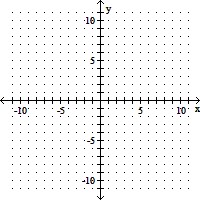
A. 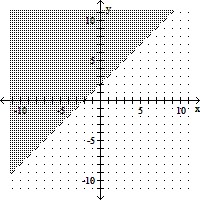
B. 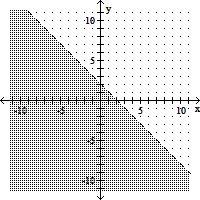
C. 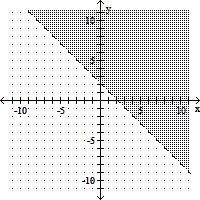
D. 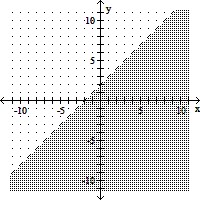
Mathematics
Divide. Write the answer in lowest terms. ÷
÷ 
A. 
B. 1024k
C. 
D. 
Mathematics
Use limits to describe the behavior of the rational function near the indicated asymptote.f(x) =  Describe the behavior of the function near its horizontal asymptote (the end behavior).
Describe the behavior of the function near its horizontal asymptote (the end behavior).
A.  f(x) = 5,
f(x) = 5,  f(x) = -5
f(x) = -5
B.  f(x) = -?,
f(x) = -?,  f(x) = ?
f(x) = ?
C.  f(x) = -5,
f(x) = -5,  f(x) = -5
f(x) = -5
D.  f(x) = 0,
f(x) = 0,  f(x) = 0
f(x) = 0
Mathematics
The cost of a school banquet is $80 plus $19 for each person attending. Identify the linear function that models this problem. What is the cost for 65 people?
 figure 1.png)
Mathematics